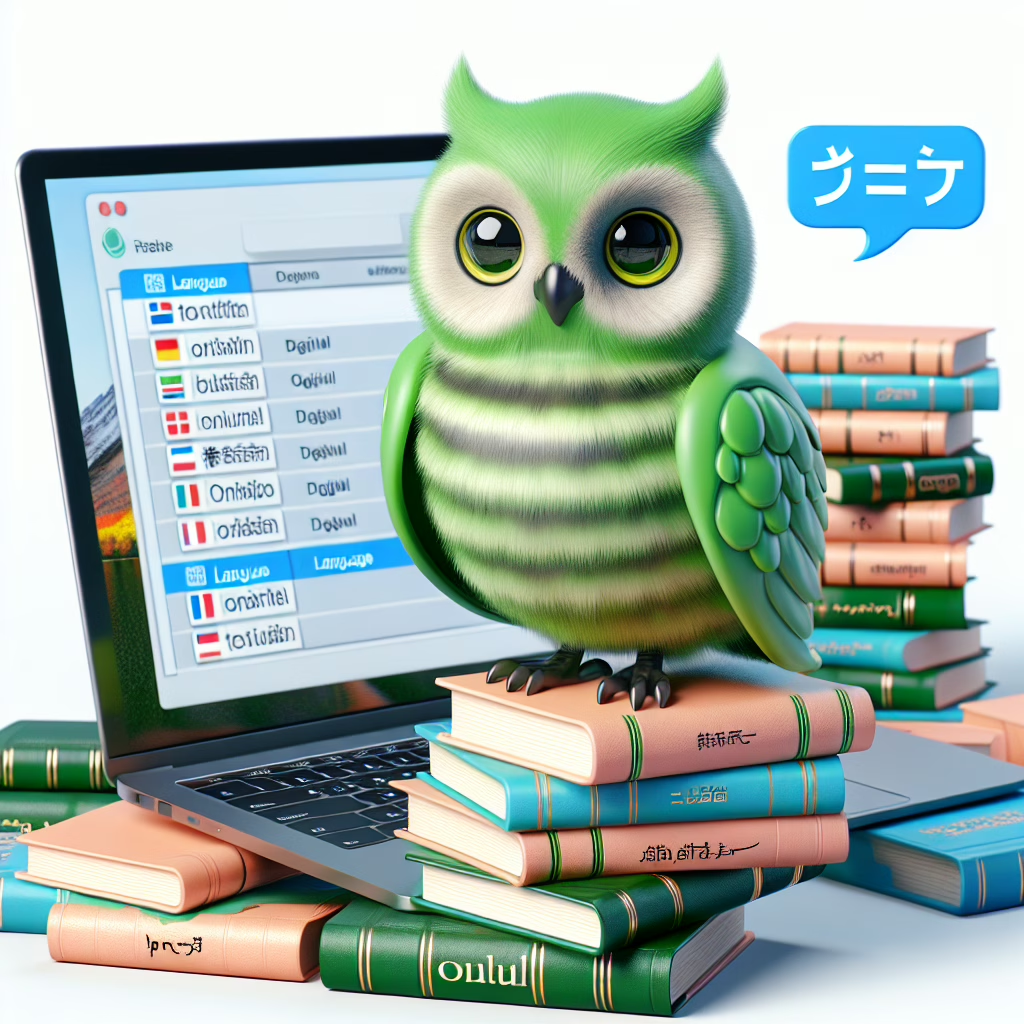Ah, Duolingo! The lovable green owl that has become the face of language learning for millions. But wait, is our feathered friend having an existential crisis? With the rapid rise of AI and the omnipresence of Google Translate, Duolingo finds itself at a crossroads of innovation and identity. This article dives into the delightful chaos of how technology is reshaping language learning and live translation.
Duolingo: The Little Owl That Could
Once upon a time, learning a new language required hours of dedication, a pile of textbooks, and perhaps a dash of self-torture. Enter Duolingo, offering bite-sized lessons that even your pet goldfish could master! But with AI’s dazzling capabilities and the convenience of Google Translate, is this quirky app still the go-to for aspiring polyglots? Let’s explore!
The AI Revolution: A Double-Edged Sword for Language Learning
AI is not just a buzzword; it’s like that friend who shows up uninvited but brings snacks. On one hand, it enhances our language learning experience with personalized content and real-time feedback. On the other hand, it raises eyebrows about whether traditional methods—like learning vocabulary through relentless repetition—are becoming obsolete.
Consider this: AI-powered applications can analyze your strengths and weaknesses, adjusting lessons to fit your needs like a tailored suit. Meanwhile, Google Translate can instantly turn your thoughts into foreign phrases faster than you can say “Where’s the bathroom?” But does speed always equal comprehension? Not quite! While Google Translate serves as a handy tool for quick translations, it often leaves you hanging when it comes to nuances and cultural context.
Is Duolingo Losing Its Charm?
As Duolingo faces stiff competition from tech giants, some users have started to question whether it can keep up. With Google Translate’s live translation capabilities becoming more robust every day, it’s tempting to wonder if our beloved owl can spread its wings wide enough to stay relevant.
But fear not! Duolingo isn’t just sitting back sipping lattes while the world changes around it. The company is continuously evolving its platform to incorporate more engaging features. Think interactive stories and podcasts that make learning feel less like homework and more like scrolling through TikTok.
The Importance of Context in Language Learning
Here’s a fun fact: Even the most advanced AI struggles with context! This leads us back to why apps like Duolingo still hold value in our hearts (and brains). While Google Translate might get you through a conversation, it won’t teach you why “How are you?” might be answered differently based on cultural norms. That’s where Duolingo shines—creating a community that encourages learners to think beyond mere words.
Language is alive; it breathes and evolves. Just as slang becomes embedded in everyday conversation, so too must our methods of learning adapt. Duolingo has recognized this shift by providing users with real-world scenarios that add color to their vocabulary.
Live Translation: A Game Changer?
Live translation features are popping up everywhere! You can now have conversations across languages in real-time—an absolute game changer for travelers or anyone trying to impress their crush who speaks another language. But what about those awkward moments when Google Translate misfires? We’ve all had that cringe-worthy experience where what was meant to be “delightful” comes out as “detestable” instead!
This is where human touch beats AI hands down. Interacting with a native speaker not only helps in mastering pronunciation but also teaches idiomatic expressions that no app can fully grasp. So while live translation may save time, nothing beats the thrill of genuine interaction—complete with gestures and laughter!
The Road Ahead for Language Learning
As we gaze into the crystal ball of language learning in 2025, it’s clear that both traditional platforms like Duolingo and innovative tools such as Google Translate will coexist. They’ll each have their roles in helping us bridge communication gaps worldwide.
In conclusion, while Duolingo may be feeling the heat from AI advancements and Google Translate’s prowess in live translation, it’s far from obsolete. With its engaging approach and emphasis on community context, it continues to be a vital player in the game of language acquisition.
So what do you think? Can Duolingo hold its ground against these formidable foes? Or will we all be relying solely on our tech gadgets for communication by 2025? Share your thoughts below!
For more on Google Translate’s latest updates, check out Google adds iPhone-like ‘Calling Cards’ to its Phone app or explore the latest on Mysterious ‘Nano-Banana’ Project Revealed to Be Google’s Latest Image Editor. These developments truly showcase the evolving landscape of technology in language translation.

